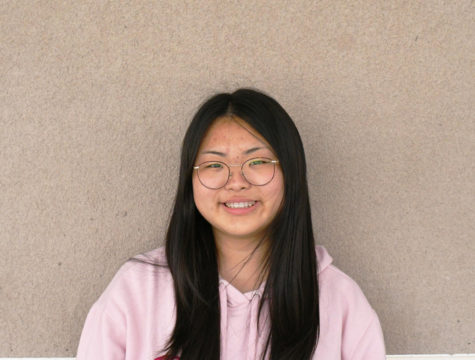Jaiswal, Zhang take on summer research internships at the San Diego Supercomputer Center
August 27, 2021
Since elementary school, Sneha Jaiswal (12) knew she was interested in pursuing a career in computer science. That’s why she jumped at the opportunity to participate in the Research Experience for High School Students (REHS) summer program.
REHS is an eight-week program where high school students have the opportunity to conduct research on a topic of their choice with the help of a mentor at UC San Diego. Throughout the program, participants learn basic research and software skills like machine learning (ML). At the end, the students present their research and share their career goals.
At REHS, Jaiswal researched the relationship between type 2 diabetes complications and miRNA biomarkers using machine learning models.
“I’ve always been super interested in computer science, and diabetes is something that runs in my family, so it was a really good opportunity where the two could come together,” Jaiswal said.
Ethan Zhang (12) decided to participate in the REHS program because he enjoyed the AP Biology class he took sophomore year. As a classical musician, hearing—specifically sensorineural hearing loss (SNHL)—was the obvious choice to center his research around.
“Several of my family members and even some of my fellow musicians have issues with hearing, which only made me more eager to study the disorder and learn more about it and how [and] why it affects people,” Zhang said.
In a normal year, Jaiswal would have met her mentors in person at the San Diego Supercomputer Center (SDSC). Nevertheless, despite the virtual format of the program due to COVID-19 restrictions, her mentors held regular meetings with Jaiswal to teach her the ML she needed to relate type 2 diabetes complications to miRNA biomarkers and provided plenty of guidance along the way.
“Our professors were really great; they held meetings for us and guided us through what programs we’d be using and how to do what we needed to do,” Jaiswal said.
However, not everything was smooth-sailing. Both Jaiswal and Zhang were first-time researchers and struggled with the unfamiliarity of research.
“Being in a research environment is different because it’s up to you to pace yourself,” Jaiswal said. “There aren’t any real due dates or tests; it’s more self-paced. It was hard at first because not getting results was discouraging, but the key [was] to power through and trust the process.”
Zhang also encountered obstacles while starting his research, such as a lack of basic information available about SNHL.
“Research on hearing loss is quite scarce, most likely because some critical data required for computer simulations and therefore study only became available about 10 years ago,” Zhang said.
After learning that higher electrostatic potential was associated with hearing loss in the ear, he calculated the electrostatic potential of proteins through the middle of a gap junction channel in the ear.
“I eventually figured out that the electrostatic potential was higher in a mutated channel than in the wild type channel…which could be a potential mechanism behind hearing loss,” Zhang said. “The data turned out to be nearly perfect and pretty much exactly as my professor and I had predicted. Not all scientific experiments go perfectly as predicted, so it was a really relieving and gratifying moment.”
Although her internship with REHS ended on Aug. 13, Jaiswal plans to stay in contact with her professors and continue her research.
“Usually eight weeks is not sufficient to get something super substantial, it’s more about the experience and learning,” Jaiswal said. “These last few weeks have mostly been learning what I needed to do.”
According to Jaiswal, the program even led her to rethink her future trajectory.
“I always knew I wanted to go into computer science,” she said. “Biology, I wasn’t so sure. But now that I’ve experienced it in a setting outside of school, I really enjoy it.”


